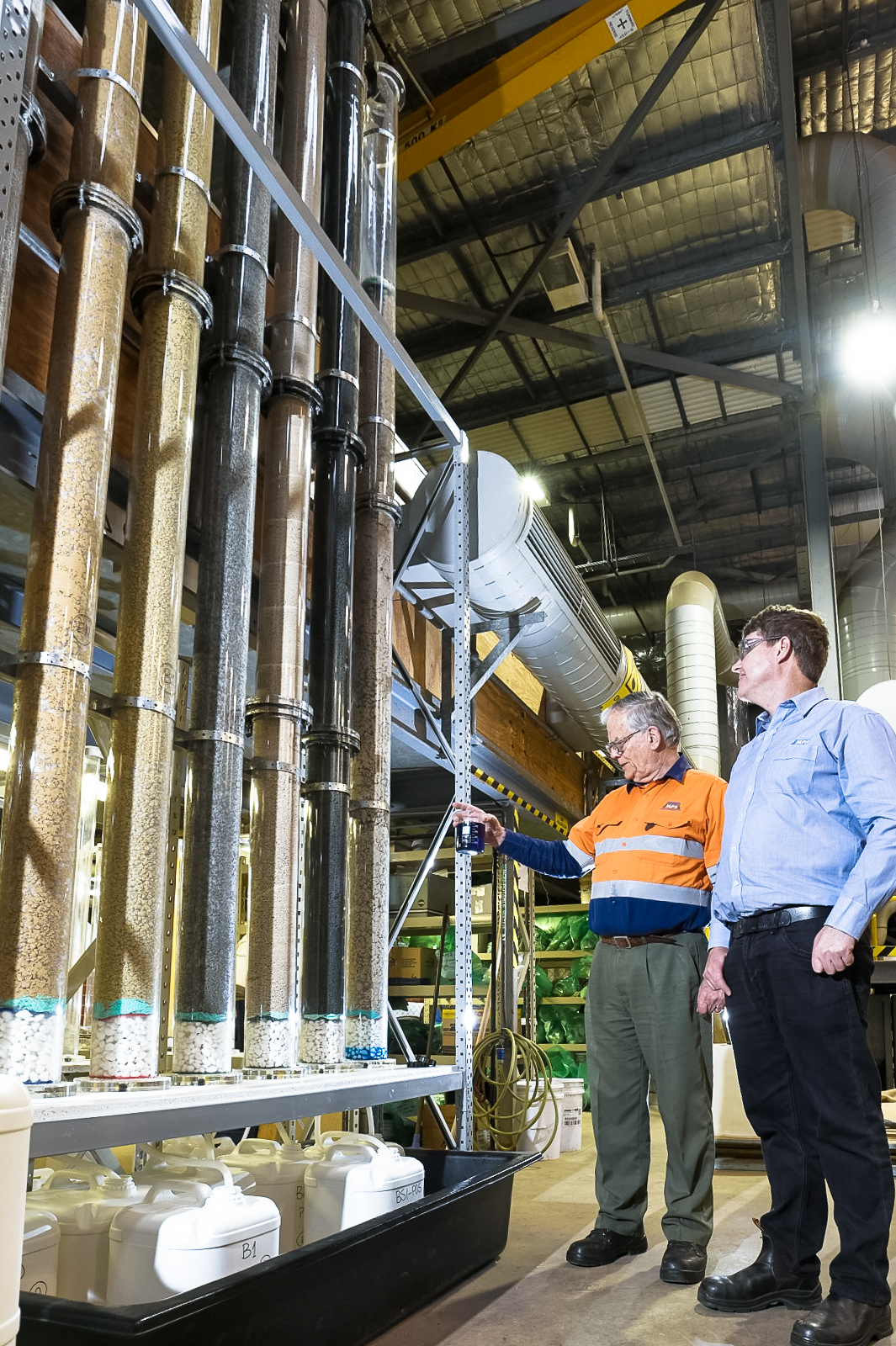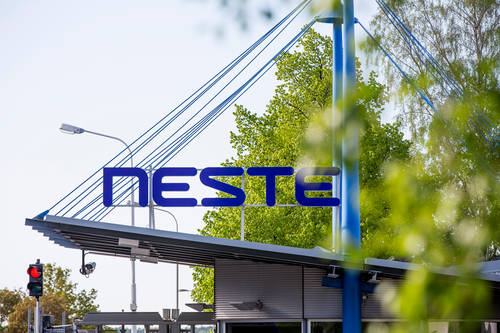Draslovka’s CEO, Pavel Brůžek Jr, recently shared some thoughts with IM on the power of tailings in mining today and in the future. He says the energy transition, geopolitics and supply chain concerns have brought mining to the forefront of public discourse. “This has meant that metals and minerals’ contribution to our quality of life is finally appreciated and now seen as not only an indispensable activity but beneficial to society.”
However, he also points out that mining continues at the same time to be viewed as dirty and polluting. This is partially due to out-dated impressions of the industry as well as images of tailings storage facilities (TSFs), including tailings heaps, that dot the landscape of resource-rich countries.
According to the Global Tailings Review, in 2020, there were approximately 8,500 TSFs (of which 3,250 were active and 5,250 classed as inactive) and in 2023 it was estimated there were 282 billion tonnes of tailings in the world, with 16 billion tonnes produced on a yearly basis – an incredible amount of waste, by any measure.
Pavel Brůžek Jr, CEO Draslovka Holding

Brůžek: “However, to some, tailings are not just waste. They are a source of value and a means to reduce the current supply gap. Many TSFs contain a significant amount of residual metal because of the less-effective mining processes used in the past. For example, research undertaken by Draslovka estimates approximately 255,000 t worth of nickel locked in fresh nickel sulphide tailings at existing mining operations, which equates to approximately $3.8 billion in net value potential.”
He adds: “We also estimate that historical tailings hold approximately 12.1 Mt of nickel, which is a $170 billion opportunity in terms of theoretical net value. Historical copper-gold tailings contain approximately 1,360 t of gold – approximately $177 billion at today’s prices. These amounts are significant. Mining fresh tailings alone could potentially make a mine more profitable by increasing overall margins through additional metals and minerals extracted with fewer resources – such as chemicals, water and power – lowering operating costs and producing fewer emissions.”
Importantly, integrating circularity into the mining process enhances a miner’s license to operate. Miners must have the support of their key constituents – such as governments, community members and investors – for long-term success. “The environment, safety and health have steadily crept up as key concerns therefore it is imperative for miners to find ways to reduce the amount of tailings – either by reprocessing, reusing or not producing them in the first place. means infrastructure that has already been built will be used longer and a continuation of jobs, taxes and investment in the local communities.”
Draslovka Glycine Leaching Technology uses a non-toxic amino acid to leach precious and base metals

Lastly, while mining tailings isn’t a panacea, Brůžek argues it would go some way in alleviating the current supply gap. All the easy-to-access deposits have been found and miners are going further and deeper to identify new assets. This makes exploration and development more difficult and resource intensive. Moreover, due to an acute concern for mining’s social and environmental impact, permitting has become much more onerous. This means brining new mines into production takes longer and is more expensive.
As such, it would only make sense to reprocess the tailings – and some attempts have been made, to varying degrees of success. Brůžek: “Examples include bacteria-based processing technologies for gold tailings that destroys sulphide minerals to expose the gold for subsequent cyanidation, high hydraulic pressure to separate metals and minerals from waste, and chloride salts and sulphuric acid to recover copper. At Draslovka, we developed Glycine Leaching Technology, which uses a non-toxic amino acid to leach precious and base metals, including gold, copper, nickel and cobalt.”
He continues: “I’m very excited about the future of reprocessing. According to our research, modern reprocessing techniques would allow miners to extract an additional $4.6 billion worth of net value from fresh gold-copper tailings and a potential $171 billion of value from historical copper-gold tailings. Mining’s importance only continues to grow yet the energy transition could be derailed if we do not face up to the challenges, including negative public perception, increasing costs and health & safety concerns.
“These can all be allayed to an extent by reprocessing tailings. Mining waste increases margins; reduces emissions, resource use and risks; and helps retain license to operate. The sector has made many strides in developing technology that can maximise this underrated resource but more investment and attention is needed. When we have such a valuable resource literally at our fingertips, it only makes sense.”



